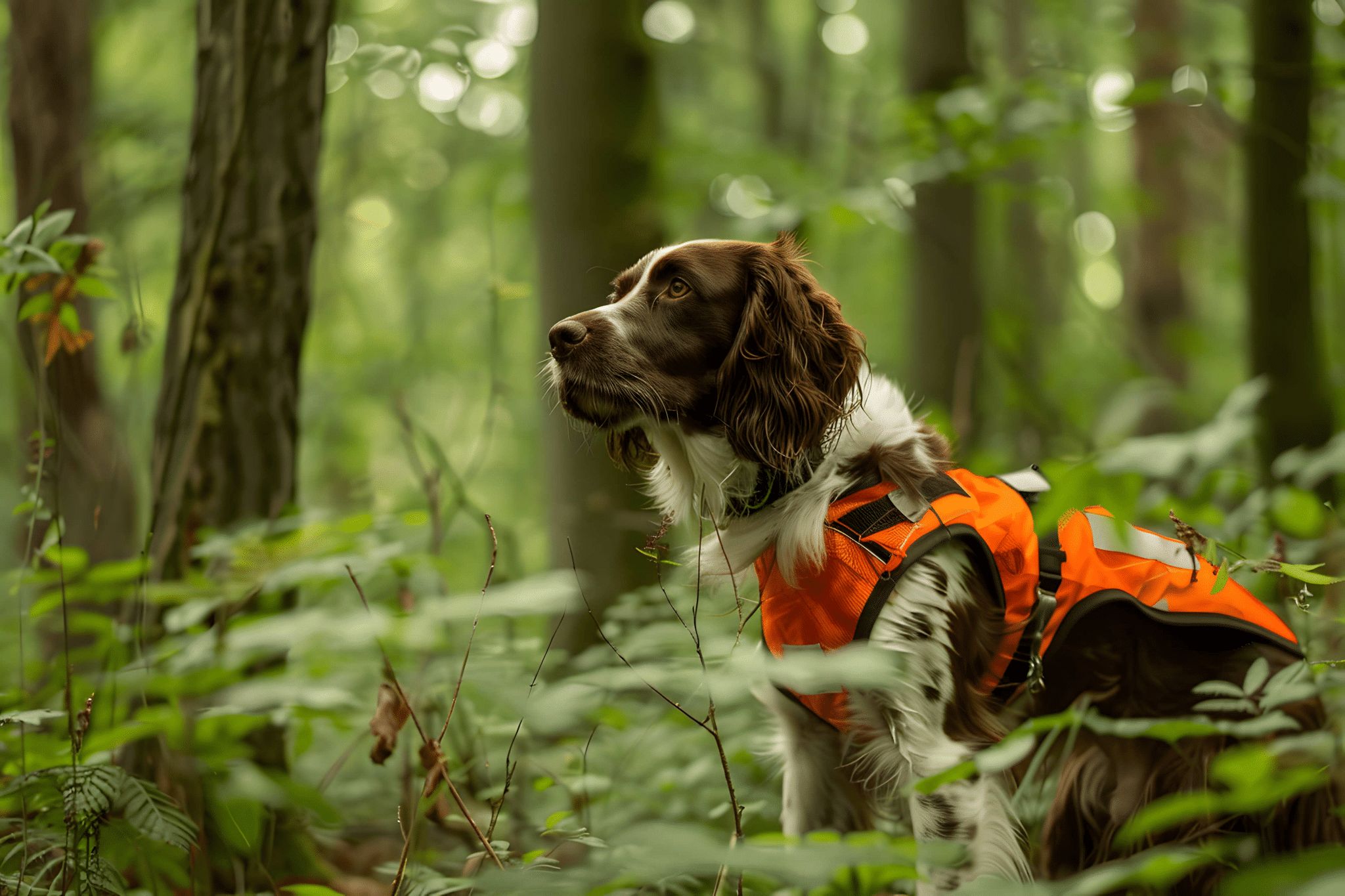Gundog Equipment and Accessories

Gundog Equipment and Accessories
Take the title of this article with a grain of salt. Just because I’m about to share equipment and accessories that I believe are “must haves”, doesn’t mean you can’t be a responsible and productive gun dog owner if you don’t have most, if not all of them. I’m going to break down these “must haves” into two categories: training and hunting.
TRAINING
Even the best-bred dogs need training, especially during their early years, but I’d argue that for their mental and physical stimulation, even mature gun dogs still need training sessions. A sturdy, easy-to-clean crate is great on multiple levels – crate training, traveling/hunting trips, when you need to leave the dog alone, etc. I highly recommend starting a puppy in a small crate and increasing the size of the crate as they grow. A dog should be able to stand up and turn around in their crate, if they can do those two things, the crate is plenty big enough – it doesn’t need to be bigger. I don’t allow my dogs on furniture, but I do provide them with a dog bed. Beds come in handy when teaching a puppy to “place”.
I like having a training bag to carry bumpers, balls, scents, leads, whistles, etc. with me during my training sessions. A good training bag helps keep your hands free and your training sessions less clumsy, messy and chaotic. I prefer to use canvas bumpers. Canvas bumpers don’t squeak in my dog’s mouth. Plus, they are closer to the texture of a bird than a plastic or foam bumper. Additionally, having a slip lead handy is great for healing work, walks, vet appointments, etc.
A slip lead allows the handler to turn on and off pressure if necessary. They are usually shorter so they’re easier to store in your vehicle, plus they have a clip that allows you to connect them to your training bag or hang them near the door. I like using a pea-less whistle to handle my dogs during healing work and in the field. They are easy to carry on a lanyard. They aren’t bulky and which makes them easy to tuck under a hunting vest strap.
When training pointers, I like to use bird launchers. The launcher gives me more control of the situation when working with young dogs or dogs struggling with steadiness.
HUNTING
There are two qualities I’m looking for when I think of hunting equipment and accessories for me and my dog: comfort and safety.
For me, a good hunting vest shouldn’t just be able to help me carry some shells and help me be visible to fellow hunters, it should be able to carry everything I need in the field. I prefer a hunting vest that has: a load-bearing waist belt, shoulder straps that can be adjusted, water bottle holders, shell pockets, storage pockets (for things like gloves and a first aid kit), an easy-to-clean game pouch, clips for my E-collar transmitter and whistle, and a pocket to add a hydration bladder. I have my dogs wear a blaze orange hunting vest which allows me to see them better in thick cover. Plus, it helps protect their body from thorns and stickers.
With all the miles we put on in the field, we need a durable, waterproof and most importantly, comfortable pair of hunting boots for the hunter. I do not have my dogs wear boots, but I do help strengthen and treat their pads.
I prefer to wear upland chaps rather than hunting pants. This allows me to wear whatever weight of pants underneath. Some of my dogs seem to beat their front legs up during hunting season, so I always have a couple of pairs of leg protection tubes.
I wouldn’t say an E-collar is a must, but they sure are handy for helping locate your dog in thick cover or wide-open terrain. I haven’t splurged and purchased a GPS collar yet.
This list obviously isn’t complete, but the final items I recommend as “must haves” are in the area of safety. Rather than risking it, I always have a small first aid kit in my hunting vest along with cable cutters and a multi-tool. I also have a larger, more complete first aid kit in my truck.
by Kyle Dana
November 2024

